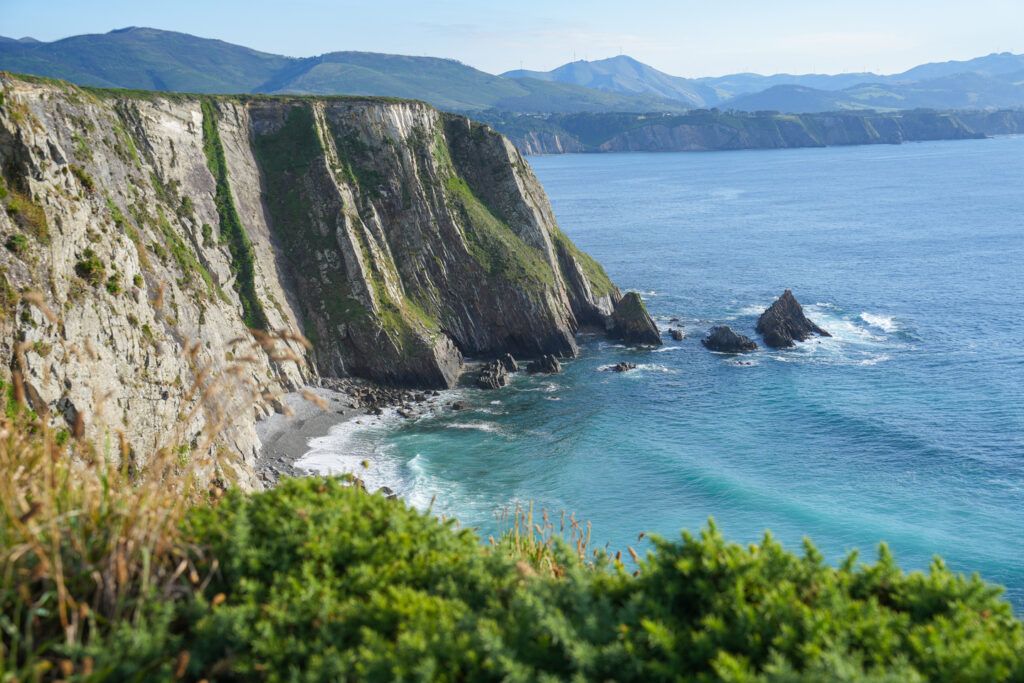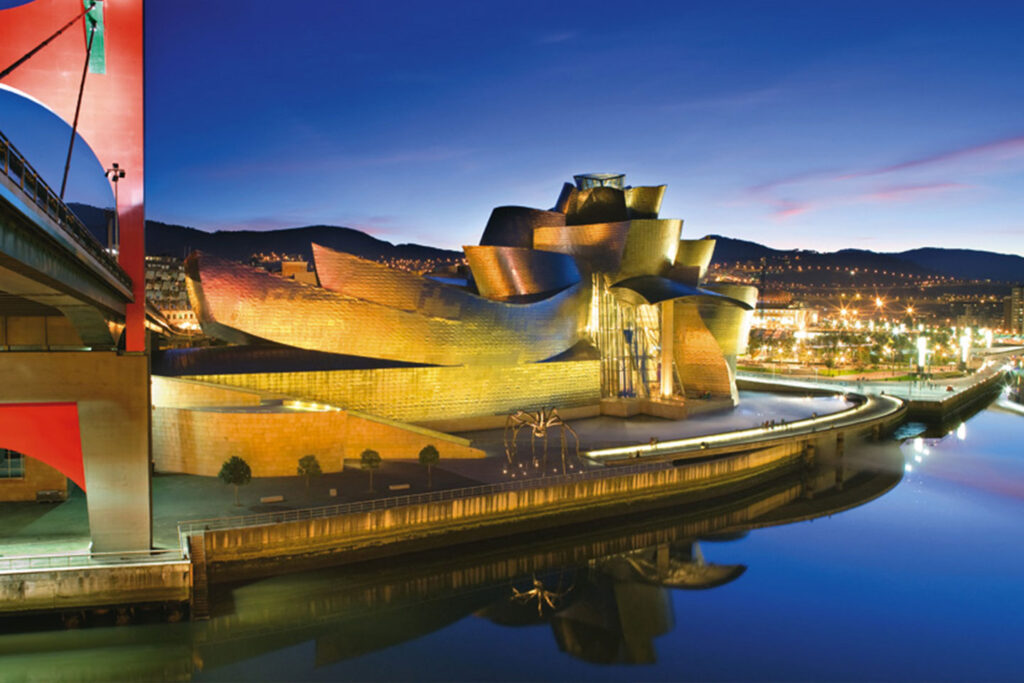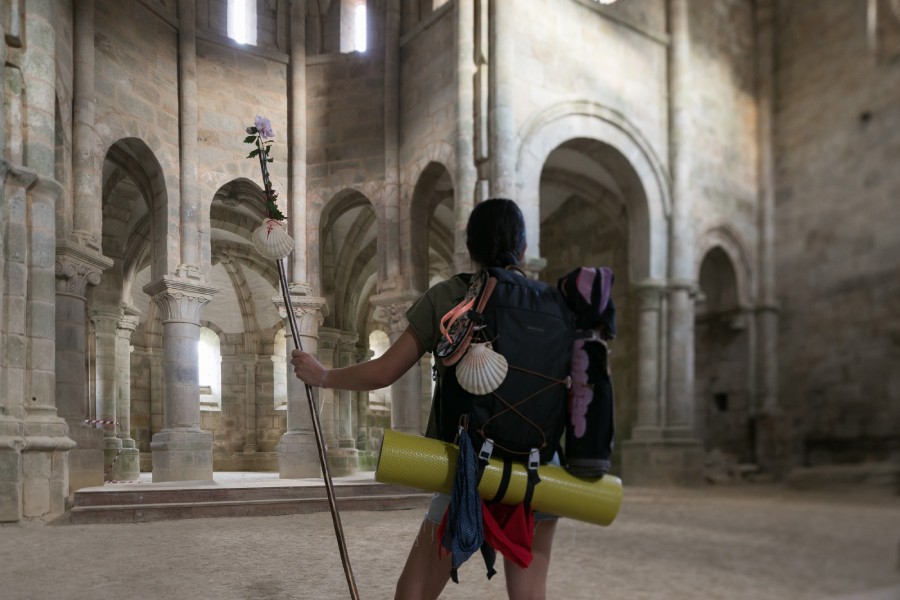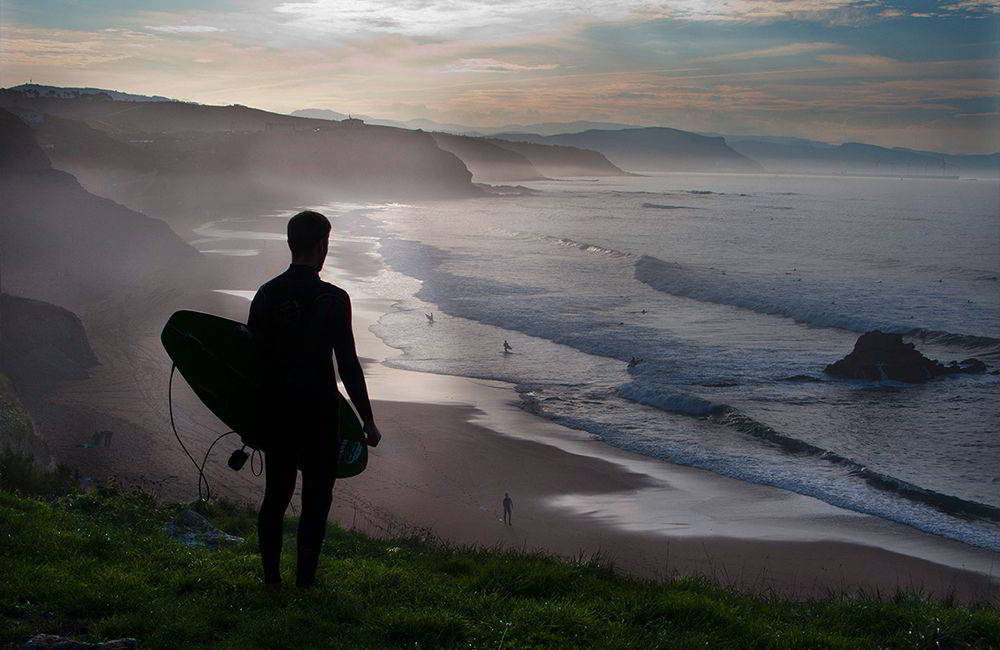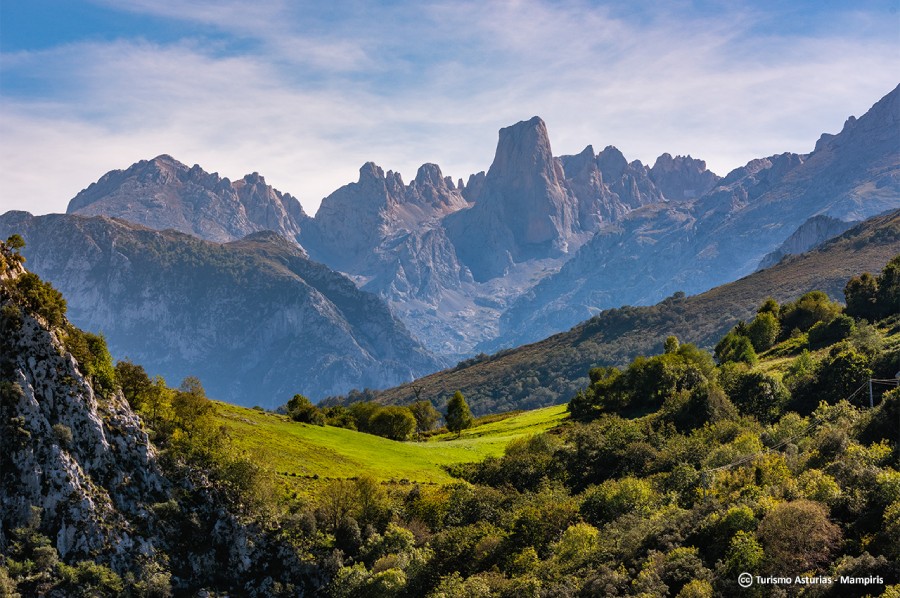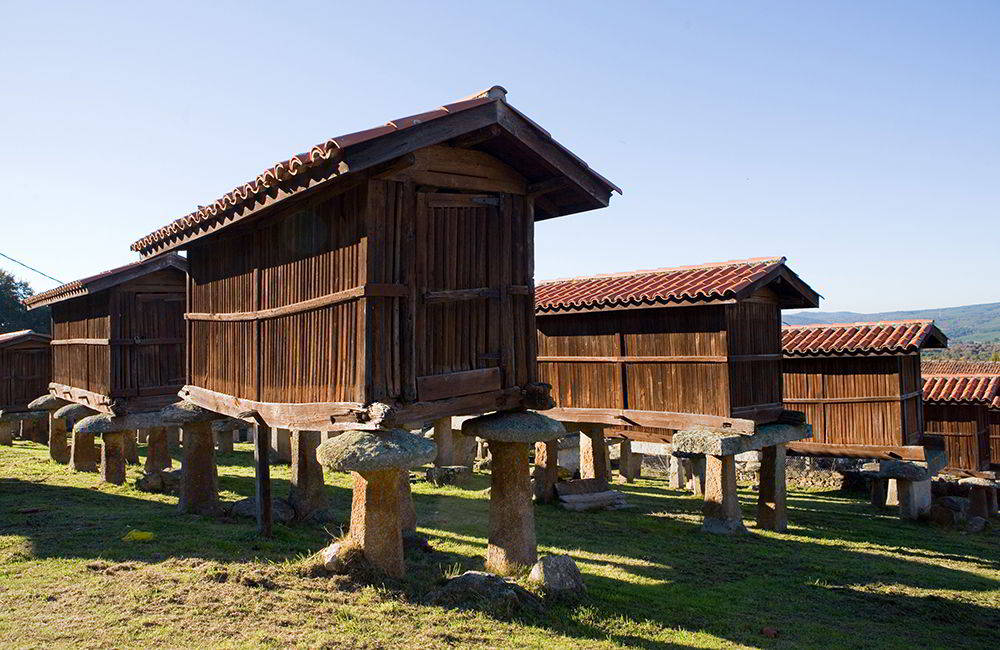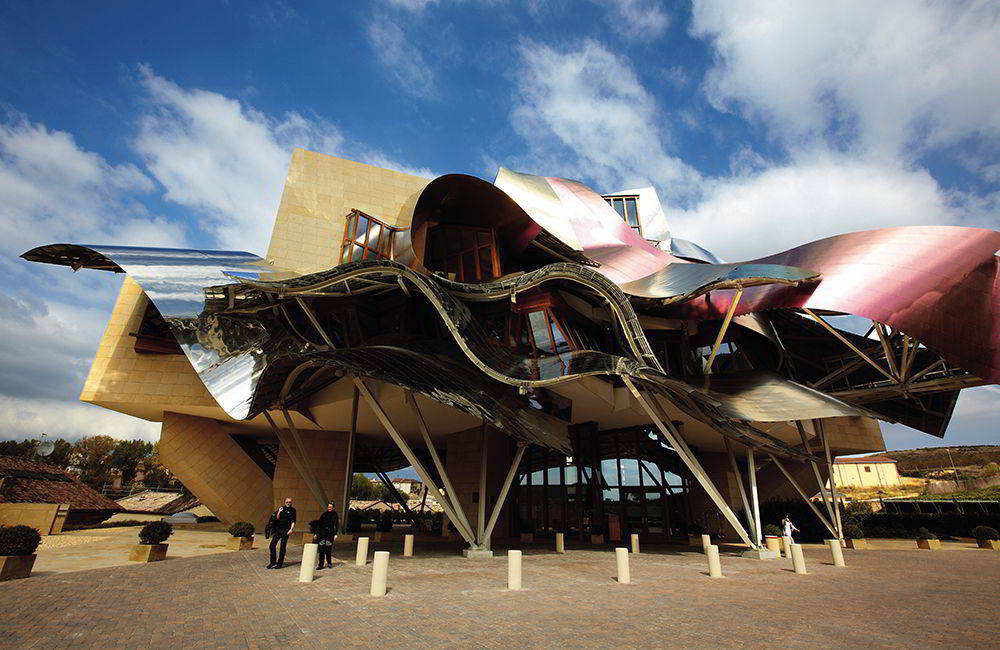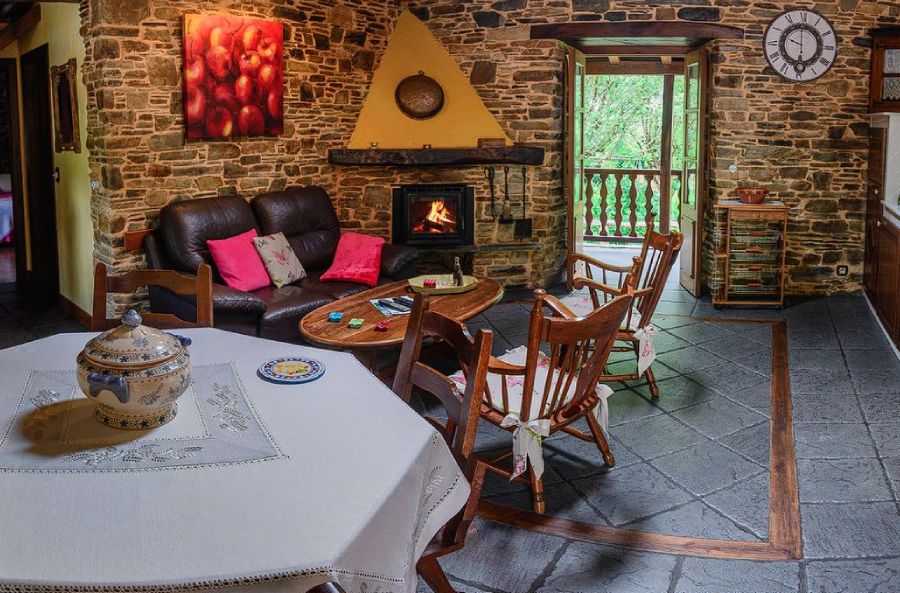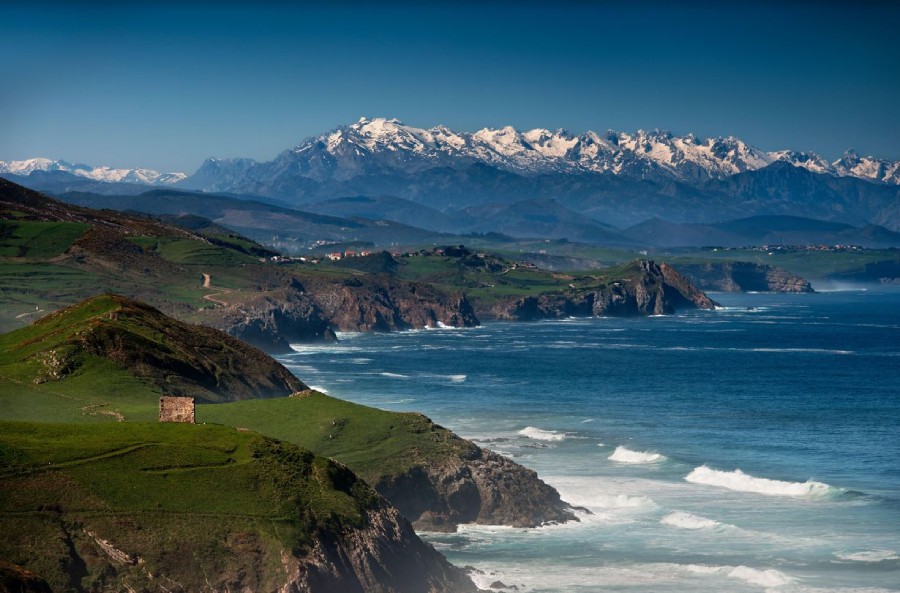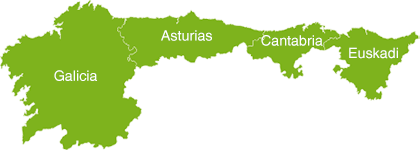In autumn, the days grow shorter, the trees shed their leaves, but Green Spain wears one of the most spectacular dresses of the year: one of deep greens, ochres, and reds. We have selected four experiences from the Ecotourism Reserve of Green Spain that combine hiking, geology, wine and gastronomy, ecotourism, and of course, emotions. Many emotions.
Asturias. Be a Cheesemaker for a Day
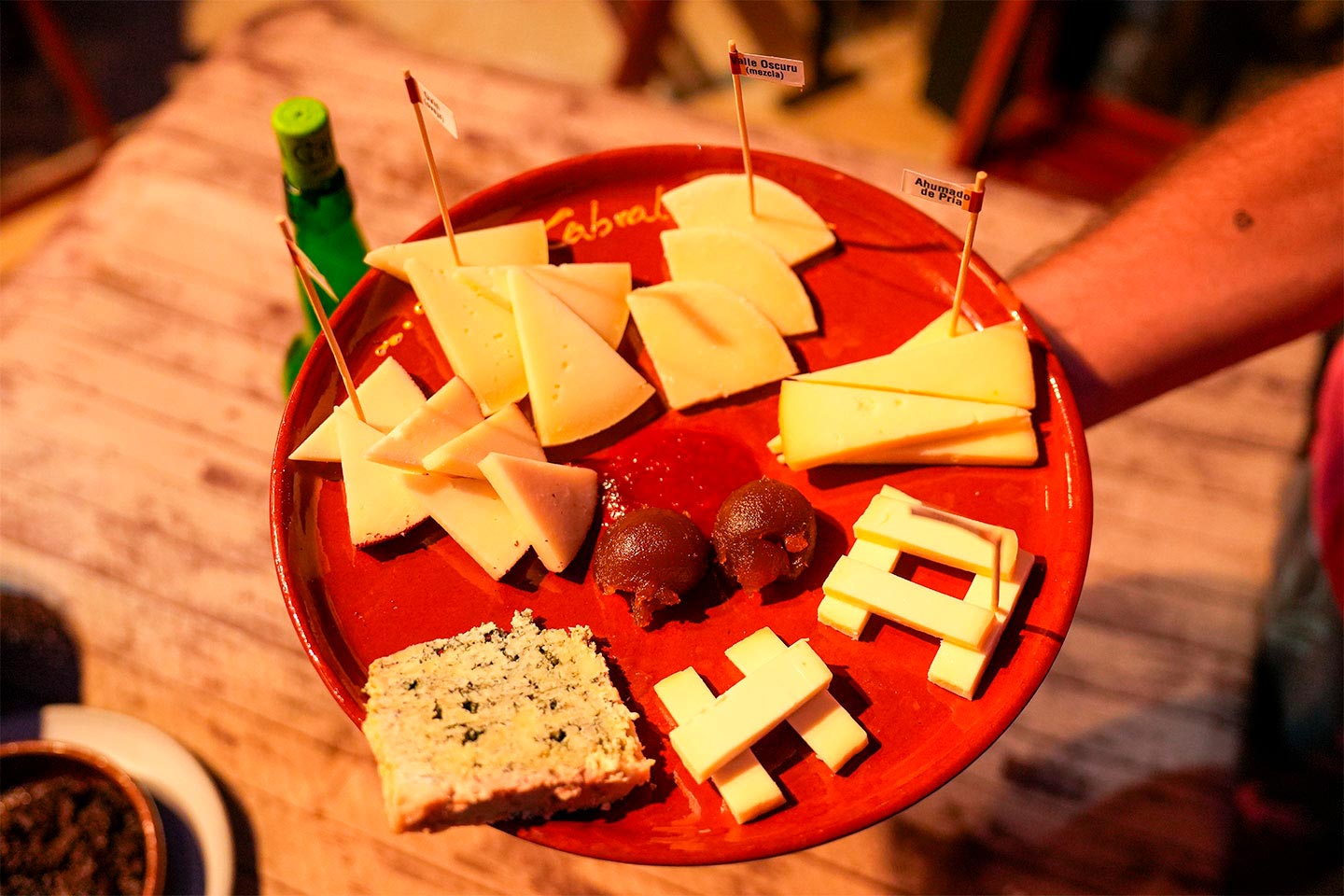
What does the “Be a Cheesemaker for a Day” experience in Asturias involve?
It’s about visiting the caves where Asturian cheesemakers have been maturing pieces of Cabrales Cheese for decades, one of the best-known (and most appreciated) Asturian gastronomic products in Spain. But the experience doesn’t stop there. To reach the cave, you will have to live exactly what a devoted cheesemaker experiences: a two-hour walk along trails where the only help comes from the mules carrying the necessary supplies. No motor vehicles. Along the way, you’ll learn the secrets and stories behind this unique and traditional mountain cheese.
Where does it take place?
The route starts in Tielve, an idyllic, peaceful village whose houses form an amphitheater surrounded by rocky peaks. Tielve is one of the parishes of the Cabrales municipality, with just over 20 inhabitants, and a history deeply linked to livestock and its products, such as cheese. From Tielve, the trail ascends through meadows, stone cabins, and beech forests up to Monte Camba, where the old cheesemakers found the perfect caves for the moldy (and delicious) veins that characterize Cabrales to emerge.
Who can experience it?
Anyone eager to learn how the magic behind Asturian cheeses happens and, very importantly, with a minimum physical condition to walk for more than four hours along trails and paths.
Cantabria. Route through the Orujo Distilleries of the Liébana Region
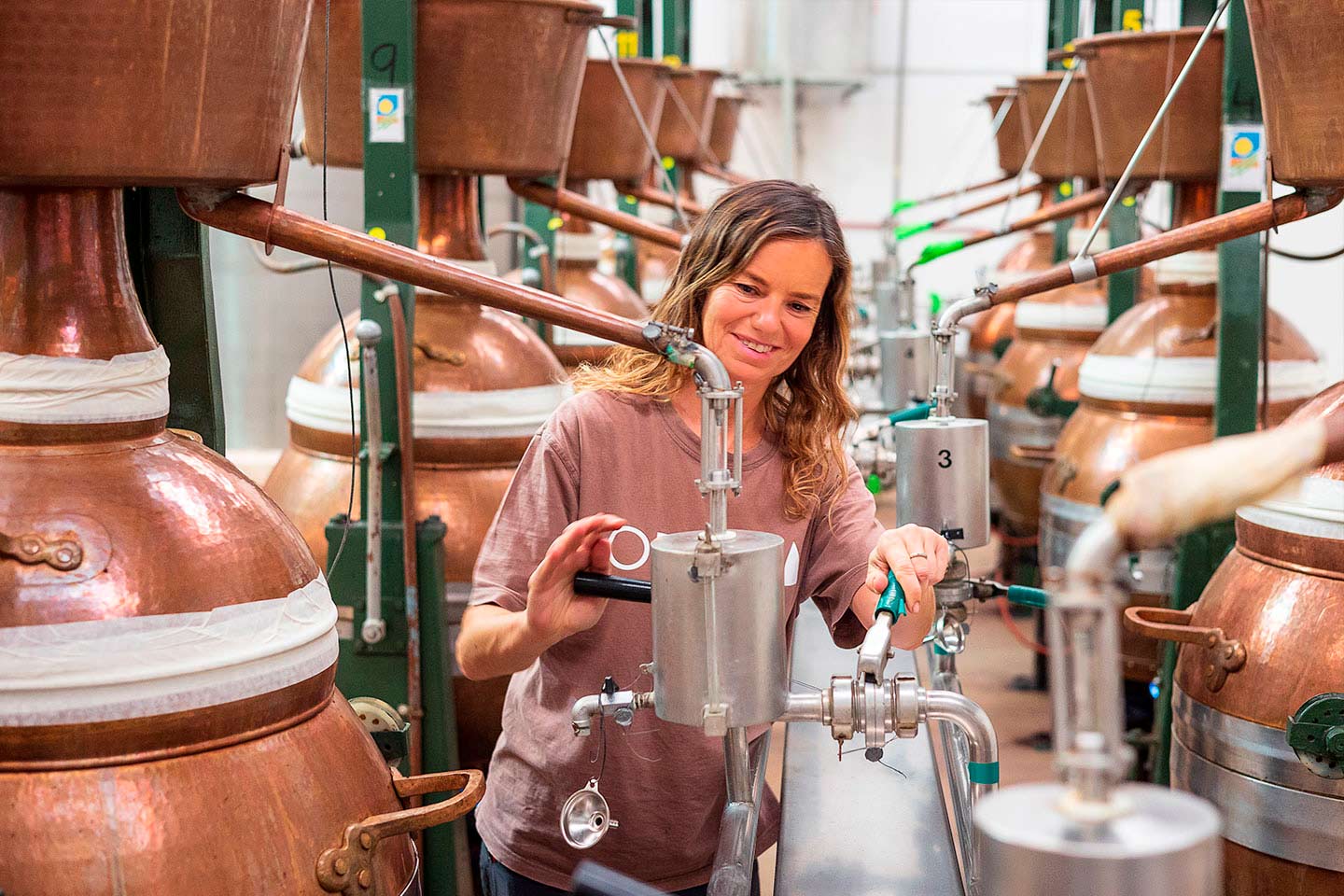
What does the route through the Orujo distilleries of Liébana involve?
It’s about discovering the facilities, products, methods, and stories behind the dozen distilleries in Liébana, where for centuries alchemical processes have transformed the juice of the local grapes into Orujo, a traditional grape pomace spirit. Each distillery (and each Orujo) is a unique universe with its own processes, flavors, family traditions, and vineyards, ensuring that no two are alike. Some tours even include visiting the vineyards and, with a bit of luck, spotting local wildlife such as wild boar, deer, or eagles.
If you visit in November, there’s a bonus: for over 30 years, the town of Potes has hosted the Orujo Festival, declared a National Tourist Interest Festival. Held during the second weekend of the month, it’s the perfect occasion to taste the new Orujos in a festive atmosphere, featuring a popular personality (named “Master Distiller”), traditional markets, live music, and the awarding of the “Golden Still” to the best liqueur of the year.
Where does it take place?
At the very foot of the Picos de Europa, in the Liébana valley, a privileged place for lovers of nature, fine gastronomy, and mountain villages. Potes is the monumental and commercial capital of the region, also home to religious landmarks such as the Monastery of Santo Toribio de Liébana (one of Christianity’s holy sites for safeguarding the Lignum Crucis) or the church of Santa María de Piasca, a jewel of Cantabrian Romanesque art. Want more? Take the Fuente Dé cable car for a quick ascent to the Picos de Europa National Park, visit the charming village of Mogrovejo, or explore the Camino Lebaniego, declared a UNESCO World Heritage Site.
Who can experience it?
Adults who wish to discover the many nuances of artisanal liqueurs, crafted with centuries of knowledge of the land, vines, and grapes.
Basque Country. Sleep in Treehouses in the Gorbeia Natural Park
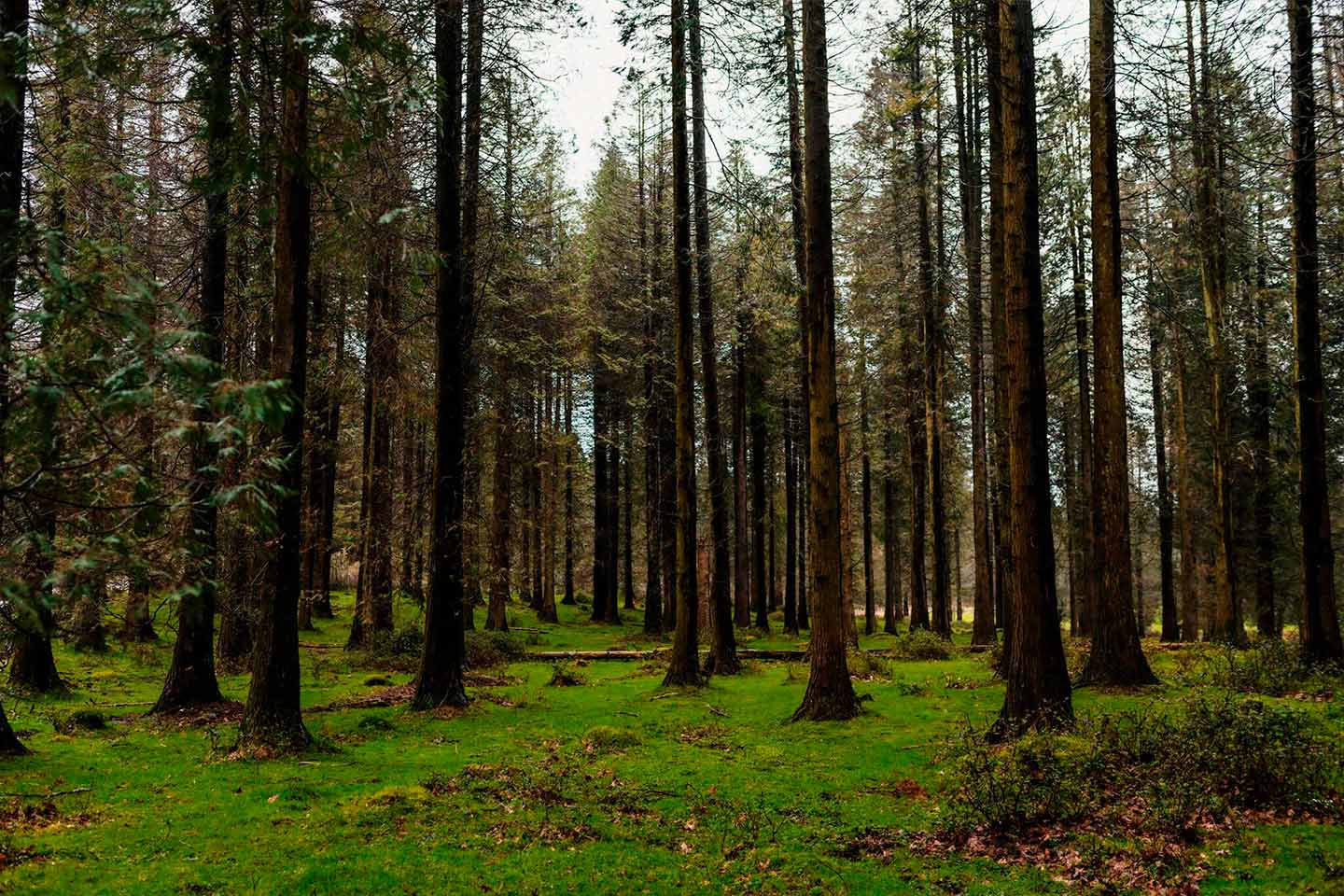
What does the treehouse experience in Gorbeia Natural Park involve?
Is it really necessary to explain an experience that blends the best of slow tourism with total harmony with Basque nature? What could be better than waking up to the sound of birdsong, the rustle of branches, and the view of an autumn forest? During the day, you can explore the many wonders of the Gorbeia Natural Park, and at night, simply let it embrace you as you stay in eco-friendly cabins built among giant Douglas firs — the same tree species that fascinated Agent Cooper in the cult series “Twin Peaks.”
Where does it take place?
In the Gorbeia Natural Park itself, located between Álava and Bizkaia — the largest protected area in the Basque Country. It takes its name from Mount Gorbeia, which stands 1,482 meters tall, a beloved peak among local hikers (“mendizales” in Basque). Its summit, carpeted in meadows and crowned by a large metal cross reminiscent of the Eiffel Tower, offers stunning views. At its feet unfold the park’s main attractions, such as the Otzarreta beech forest (which reaches its peak beauty in autumn), the Gujuli waterfall — magnificent after heavy rains — or the Saldropo wetland, which welcomes numerous migratory birds at the onset of winter.
Who can experience it?
Anyone who enjoys sleeping (who doesn’t?) and waking up in a unique setting far from the sounds of modern life.
Galicia. Fossils in the Courel Mountains Geopark
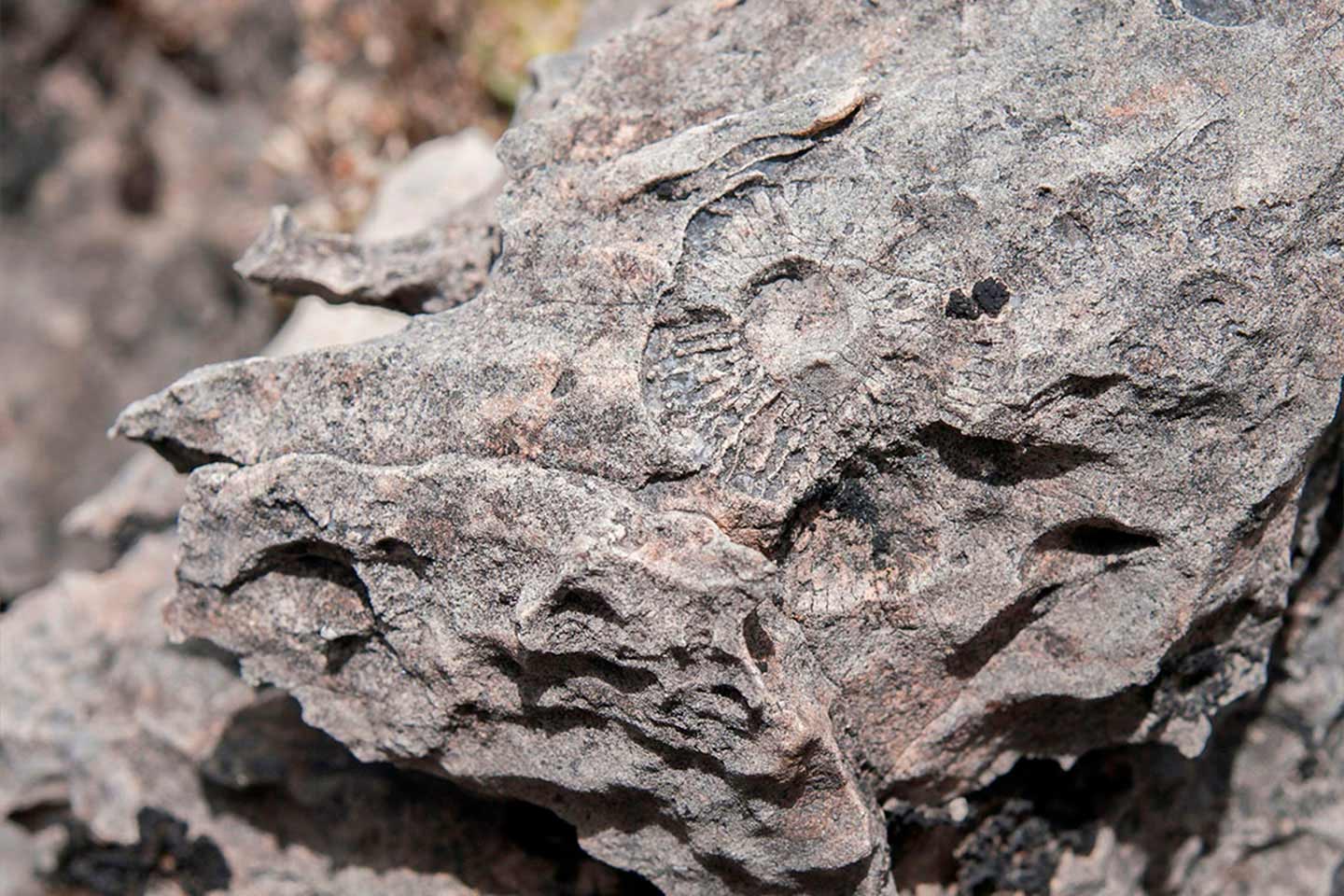
What does the fossil route experience in the Courel Mountains Geopark involve?
It’s a journey under the sea (without getting wet) and a trip back in time to an era 500 million years ago. How is that possible? The Courel Mountains, which today rise to an average height of 1,100 meters, were once part of the ocean floor millions of years ago. That seabed later emerged, and the marine rocks became the slopes of these mountains. The creatures that once inhabited the sea died, were buried under minerals, and turned into fossils that we can now admire in the open air.
Where does it take place?
In the best possible place: the Courel Mountains Geopark, located in the province of Lugo (Galicia) and a natural area declared a UNESCO Global Geopark. We’re not exaggerating when we say its mountains are like books whose pages are made of rocks written over 500 million years ago. What do these rocks tell us? They reveal spectacular formations like the Campodola-Leixazós fold, stories of ancient mines, and the legacy of thousands of Paleozoic marine fossils that lived here long before us. Before it was a mountain, Courel was the sea. The landscape combines deep valleys, native forests, and traditional villages built of stone and slate.
Who can experience it?
Anyone who enjoys reading rocks as if they were pages in a book, or those who find a natural landscape as fascinating as a library — but outdoors.

